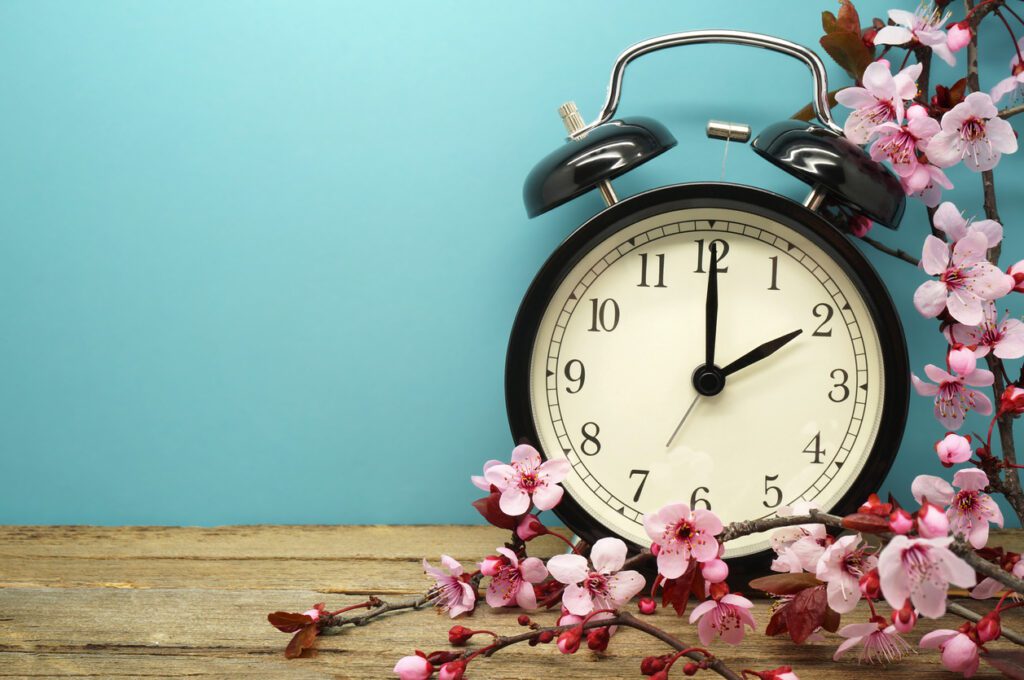In the golden state of California, we’ve voted to hold on to more sunshine all year round. Back in November 2018, with the bustling noise of the polling stations and the silence of earnest hope, we Californians made a decision. Proposition 7 was passed, a beacon cutting through the dusk, telling us the future would be brighter. Yet here we are—our clocks oscillate between standard time and daylight saving time. And I wonder, why is the promise of extra evening sun taking a nap?
I remember voting and thinking about the tradition from the war years when turning clocks was a patriotic nod to conserve energy. Oh, how have times changed since then? Outdated? It seems so. Necessary? Many think not. George Hudson once wanted that extra hour for his entomological pursuits, and William Willett for his leisurely golf rounds. But did they envisage the groggy mornings and the seasonal dance of our circadian rhythms that we contest with today? I daresay they were oblivious.
It hit me recently how much this history disrupted our contemporary lives. Health, sleep patterns, and even the timely delivery of fresh produce were caught in a century-old back-and-forth. Granted, it’s a lovely thought—more time under the open sky, evening barbecues, and children’s laughter carried a little longer in the warm air. But without the necessary follow-through, it’s a dream stuck at dusk.
The heart of the matter lies within the chambers of legislative process and political maneuvering. Our proposition was a step, but it was akin to putting one foot on the gas pedal while the other isn’t entirely off the brakes. With all their might and numbers, the state legislature needs more than half their hearts agreeing, alongside the governor’s signature, to bring the long Californian days we voted for to life.
The public sentiment resonates well and accurately; we collectively scorn the yearly tinkering with our clocks. Yet a divide remains among our state lawmakers, enough to stall our quest for permanent daylight saving time (DST). Meanwhile, Congress, that grand arbiter of our collective hours, also appears hesitant to unify national timekeeping under a perpetual DST.
Some boldly push forward—last year, the U.S. Senate passed an act to keep the whole country on DST. But, like that last sliver of light before nightfall, it faded away in the House. We live in an era fascinated with immediacy, the tick-tock of technological progress, yet our collective agreement on what time it ought to be seems eternally debatable.
I think about the farmers rushing in the dim dawn, the luminous hours slipping away. They stood vehemently against the inflation of daylight time, their voices a potent reminder of the diverse tapestry of interests and lives pulsating across our state.
It seems our time change—caught in an endless twilight—is more than a push for an extra hour of evening serenity. It encapsulates an ongoing dialogue about how we choose to align our lives with the natural rhythms of our planet. We’re slowly learning that decisions—like sunsets—are beautiful but often fleeting without collective action and widespread support.
Is there a hopeful glimmer on the horizon? With more engagement and a rally of conversation, we can shake off the inertia and coax the sun-worshipper’s dream into reality. After all, in California, where innovation sprouts like our redwoods and ideas flow as freely as our Pacific tide, surely we can solve the puzzle of our place in time.
Until that day, we will continue the semi-annual ritual, with many looking forward to that extra daylight hour, even if it’s merely a loan we pay back each fall. The story of time in California is one of democracy in slow motion—a lesson that sometimes, even after the votes are counted, the work has just begun.
References:
Good Housekeeping. Here’s Why We Have Daylight Saving Time (and if We’ll Ever Get Rid of It). https://www.goodhousekeeping.com/life/a31250180/why-do-we-have-daylight-saving-time/
Wikipedia. Daylight saving time.
Thank you for reading this blog post. If you have any questions or comments, please leave them in the Comments section below.
Copyright © 2019. I Don’t Know All The Answers, Nikki Mastro.
All of my photographs and documents are Copyrighted.
The main image for this blog is from the iStock.com library
No part of this website, including text, photographs, and documents, may be reproduced, stored in a retrieval system, or transmitted in any form or by any means without written permission from the copyright holder. All unauthorized use is strictly prohibited. If you choose to copy or share any information from my site, you must provide a link to the source. I appreciate your cooperation.
For further information concerning “I Don’t Know All The Answers.”
– Blog: https://www.idontknowalltheanswers.com
– Facebook: https://www.facebook.com/Nikki.L.Mastro
– Instagram: https://www.instagram.com/i_dont_know_all_the_answers/
– Linkedin: https://www.linkedin.com/in/nikki-mastro-05455a3a/
– Youtube Channel: https://www.youtube.com/@idontknowalltheanswers1954


Agree 100%. Don’t know what the problem is getting this changed. Let’s hope our politicians wake up soon and do something about it.